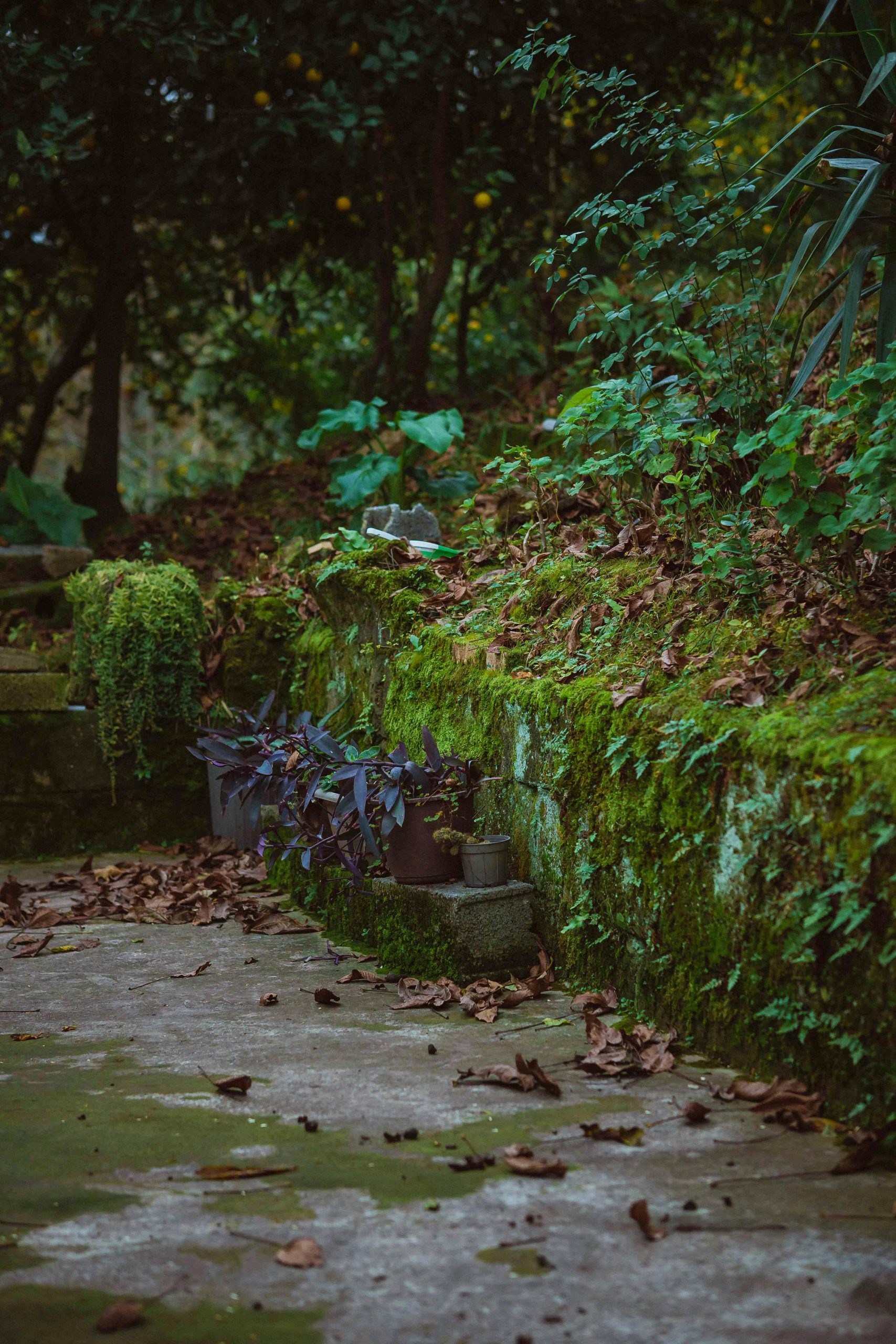Algae and mosses are both green organisms that may look similar at first glance, but they are quite different in terms of structure and classification. Both are photosynthetic autotrophs, meaning they produce their own food through photosynthesis, and they lack true roots, shoots, or leaves. Despite these similarities, there are several key differences between them.
What are the differences between the two
They are both non-vascular plants which do not produce any flowers or seeds.
Moss
Mosses are primitive plants, small, green, non-flowering, thriving in damp, shaded areas. The plants grow in clumps and form a lush carpet on various surfaces, including roofs and even seed trays. What these moss plants do is absorb moisture from the environment. This can, however, lead to problems when it grows on some of your home materials. Its ‘roots’ can penetrate material, causing damage over time and creating an environment conducive to water retention and leaks. You’ll usually notice a green carpet-like growth on top of the surface, and that’s how you know the area has been affected by moss.

Image Credit: Pexels
Algae
These plants are even more primitive than mosses. Not only do they lack vascular tissues, but many are exceedingly simple, single-celled organisms. Most algae grow in aquatic environments, but some grow in terrestrial habitats. The most common type of algae found is the Gloeocapsa magma. This type appears as dark streaks or stains, often greenish or black in colour. Unlike moss, algae do not have roots and typically do not penetrate any materials. However, they can contribute to moisture retention, leading to similar issues if left untreated. Algae often appears as a thin coating of greenish slime rather than the carpet-like look of moss.

Image Credit: Unsplash
Why you should address both
Moss and algae growth on surfaces is a common issue, especially in damp, shaded environments. Over time, these organisms can make surfaces slippery, unattractive, and even damage them if not dealt with. Neglecting either can lead to significant issues for your home:
- Moss: If left untreated, moss can damage structures and increase repair costs. Regular cleaning of moss is essential to protect and maintain your home’s surfaces.
- Algae: Although algae may not cause direct damage, its presence can lead to unsightly stains that detract from your home’s appeal. Additionally, the moisture retained by algae can contribute to the growth of mould and mildew, which can affect indoor air quality.
Prevention and treatment
The best approach to managing moss and algae growth is through regular cleaning and maintenance. Regular removal prevents the build-up, but a few simple measures can help minimise regrowth:
- Apply a sealant: Adding a protective sealant to surfaces can make them resistant to moss and algae growth.
- Improve drainage: Ensure that water drains away properly, as standing water encourages moss growth.
- Maintaining Surrounding Areas: Trim back any overhanging branches and clear debris to help reduce shade and moisture retention, creating an environment that is less conducive to moss and algae growth.
ALSO SEE: HOW TO MAKE YOUR OWN DIY MOSS POLES FOR CLIMBING PLANTS
Feature Image: Pexels

